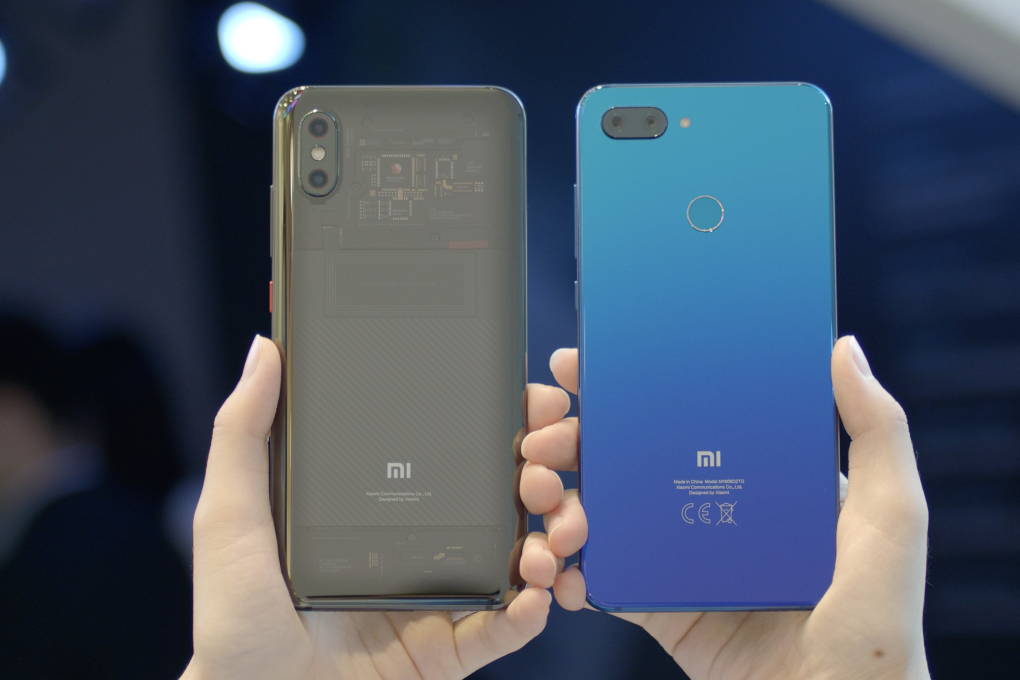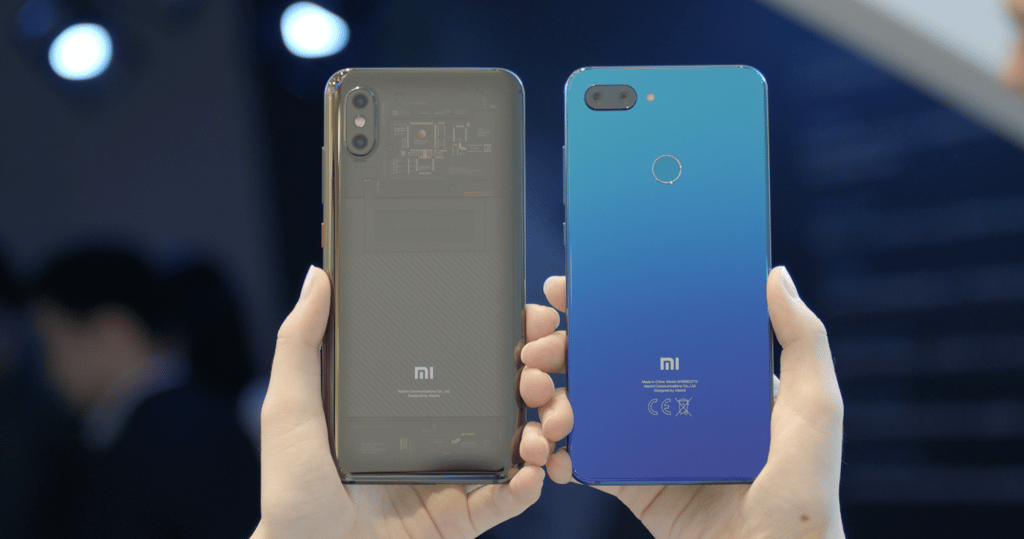Advertisement
Xiaomi’s new Mi 8 handsets are pretty but boring
The Pro has an in-screen fingerprint sensor, the back of the Lite is a fingerprint magnet
Reading Time:3 minutes
Why you can trust SCMP

This article originally appeared on ABACUS
Xiaomi’s Mi 8 was a pretty blatant iPhone X clone. Now it’s introducing two spin-offs, the high end Mi 8 Pro and the budget Mi 8 Lite. These new phones don’t look like the iPhone X at all, but they’re also not very exciting.
Advertisement

Mi 8 Pro
The high-end model packs solid power and a cool design, even if it is a little fake. And I like how the phone feels in the hand, but I can’t help but be bothered by some weird small touches.
The Mi 8 Pro was first launched in China in September as the “Mi 8 in-screen fingerprint sensor version”, which came in two variations: Twilight Gold and one with a transparent back. For Hong Kong, Xiaomi’s only launching the one with the transparent back.
The transparent back design amazed people at first because Xiaomi led people to believe it showed the phone’s internal parts. But it was soon pointed out that it doesn’t actually show real chips -- the “chips” you see on the back are just plastic, as seen in this teardown video. The spokesman at Xiaomi’s Hong Kong event called it a “decorative motherboard”.
Advertisement

To be honest, even though it’s obviously fake when you look at it up close, I didn’t mind it. The phone is sleek overall and definitely unique, and I think it looks quite cool.
Advertisement